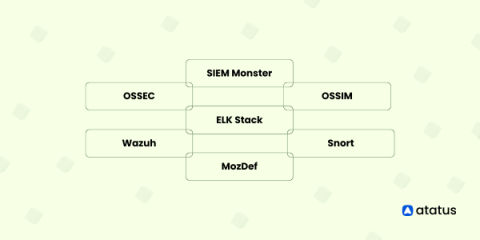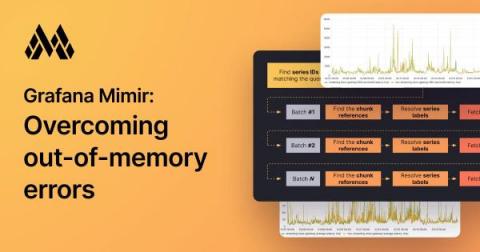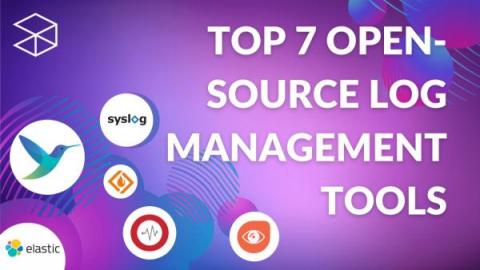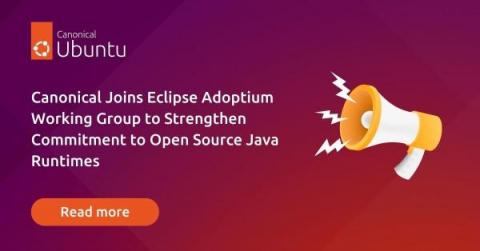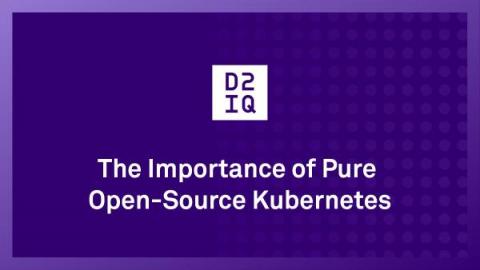Operations | Monitoring | ITSM | DevOps | Cloud
Latest News
Monetizing FOSS: PaaS Solutions for Open-Source Software
In today’s software development panorama, there's a philosophy which really stands out and continues to influence the thought processes of numerous creative minds and progressive organisations: Free and Open Source Software (FOSS). FOSS is a champion of collaboration, absolute accessibility, and the freedom to alter, share, and build upon existing software devoid of any licensing impediments.
Top 5 Open Source Server Monitoring Tools
Engineers are increasingly embracing open-source server monitoring tools for their flexibility and cost-effectiveness. These tools offer functionality without the need for additional investments. In this article, we'll explore the top open-source server monitoring tools: Graphite, Grafana, ELK Stack, and Nagios. These actively maintained tools have thriving communities. Let's delve into their features and benefits.
Top Open Source SIEM Tools
In the fast-paced world of cyber security, organizations face a challenging task to safeguard their digital assets from a variety of advanced threats. Security Information and Event Management (SIEM) tools have emerged as a vital solution, empowering businesses to detect, respond to, and mitigate security incidents effectively.
VMware Celebrates Istio's Graduation to CNCF
As we acknowledge Istio's graduation to the Cloud Native Computing Foundation (CNCF), it's important to note that it’s not just a momentous occasion for Istio, but for the entire cloud native community. This milestone marks a significant growth trajectory for Istio and paves the way for future innovation and success in the years to come. In the realm of microservices, the significance of Istio's role cannot be overstated.
Breaking the memory barrier: How Grafana Mimir's store-gateway overcame out-of-memory errors
Grafana Mimir is an open source distributed time series database. Publicly launched in March 2022, Mimir has been designed for storing and querying metrics at any scale. Highly available, highly performant, and cost-effective, Mimir is the underlying system powering Grafana Cloud Metrics, and it’s used by a growing open source community that includes individual users, small start-up companies, and large enterprises like OVHcloud.
Top 7 Open-Source Log Management Tools in 2023
The popularity of open-source log management tools has been on a steady rise in recent years. As businesses become increasingly reliant on software applications and cloud-based services, logging has become an essential part of operations. Log management is a crucial process for organizations to collect, store, and analyze log data. Businesses can troubleshoot problems, identify security threats, and optimize system performance by effectively managing log data.
Open-sourcing sysgrok - An AI assistant for analyzing, understanding, and optimizing systems
In this post I will introduce sysgrok, a research prototype in which we are investigating how large language models (LLMs), like OpenAI's GPT models, can be applied to problems in the domains of performance optimization, root cause analysis, and systems engineering. You can find it on GitHub.
Canonical Joins Eclipse Adoptium Working Group to Strengthen Commitment to Open Source Java Runtimes
The Importance of Pure Open-Source Kubernetes
In a short time, the open-source ecosystem has evolved from niche projects with limited corporate backing to the de facto way to build software. Today, organizations large and small are adopting open-source software to accelerate product development and innovation. In the government sector, the U.S. Department of Defense issued a memorandum on adopting open source software as its preference versus proprietary software, calling open-source “critical in delivering software faster.”





